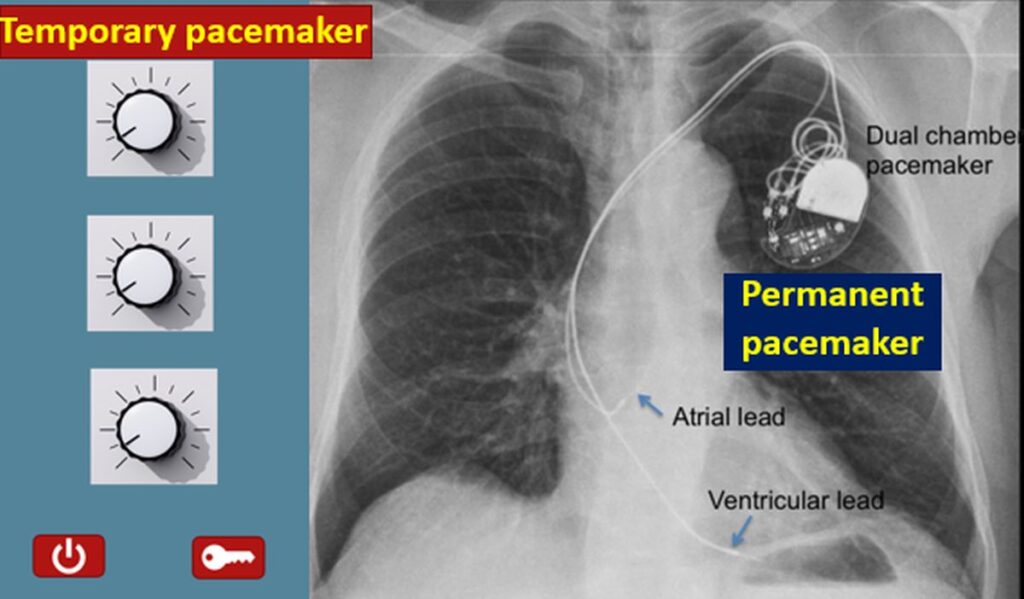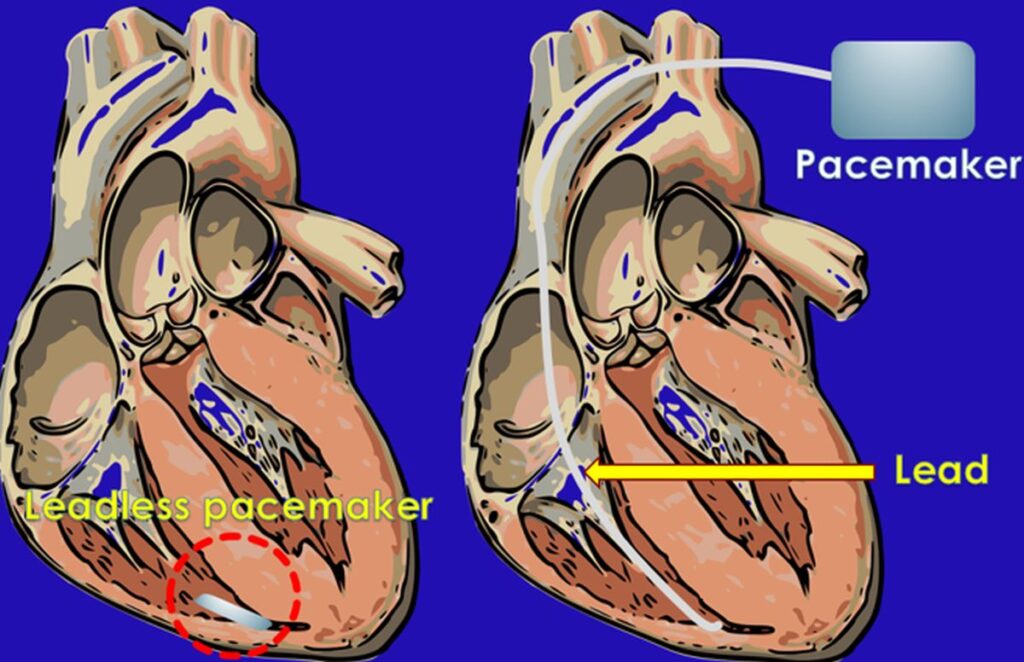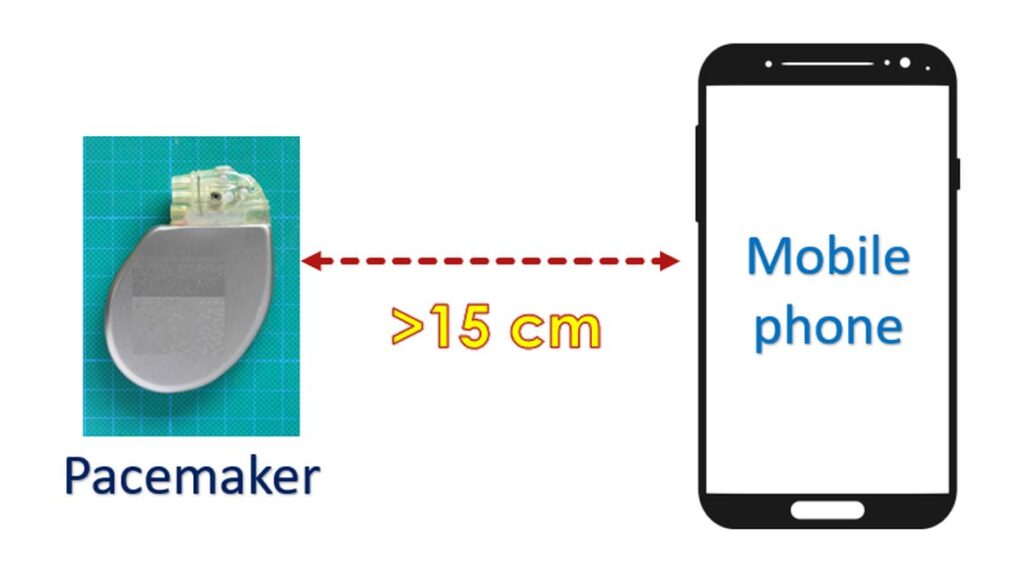What is a pacemaker?
What is a pacemaker?
Pacemaker is an electronic device which can give regular electrical pulses to the heart when its own electrical system has slowed down. Pacemaker can be a temporary pacemaker for short term use or a permanent pacemaker for long term use. Temporary pacemaker is kept outside the body and connected to the heart using lead wires introduced through the blood vessels of the neck or groin.

Permanent pacemaker is implanted under the skin, usually in the upper part of the chest. Latest leadless pacemakers are implanted within the right ventricle, the lower right chamber of the heart. Permanent pacemakers have a very durable battery which run typically for several years. The electrical signals needed to pace the heart are very low so that the battery can last long.

Modern pacemakers have several advanced facilities than just giving electrical signals to the heart. It can sense the spontaneous electrical signals of the heart and function accordingly. When a signal is sensed from the heart, the pacemaker will keep quiet (inhibited). When no spontaneous signal is sensed, the pacemaker will give an electrical pulse which will cause the heart muscle to contract. In this way it prevents the heart from stopping function.
Initially there were only single chamber pacemakers which paced only one chamber of the heart, either the upper or lower. Later dual chamber pacemakers which can pace both upper and lower chambers were designed. The upper chambers will be paced first and the lower chambers after a short delay. This delay helps full filling of the lower chambers from the upper chambers.
Still later, pacemakers which can pace three chambers were designed. These special pacemakers are not used for speeding up a slowed heart, but for synchronizing a failing heart. Hence they are known as heart failure devices (cardiac resynchronization therapy). In some patients with heart failure, there is lack of synchrony between different parts of the left ventricle. Left ventricle is the lower muscular chamber of the heart which pumps blood to the whole body.
Lack of synchrony causes wastage of the effort of the heart muscle. This is prevented by cardiac resynchronization therapy. These heart failure devices pace the right ventricle and left ventricle in addition to the right atrium. Right atrium is paced first, followed by the right and left ventricles. This synchronizes the function of the failing left ventricle and improves the pumping function.
Modern pacemakers are communicative pacemakers as well. They can communicate with special devices kept near the person using radio waves. The device is known as pacemaker programmer, which can analyze the function of the pacemaker as well as give instructions to the pacemaker to change its pacing rate, pacing sequence and pacing voltage output. The pacemaker programmer can be connected to the internet and the information can be transferred across the globe to get opinion from experts elsewhere in case there is difficult pacing problem.
Like every battery, the pacemaker battery also can fail after some time. Indication of battery life is obtained by interrogation by the pacemaker programmer at specified intervals. This avoids a surprise abrupt failure and emergency problem to the person. When the programmer detects a battery elective replacement indicator (ERI), we have still weeks to months to replace the pacemaker. If battery end of life (EOL) is detected, it is more sinister. Usually elective replacement is done as soon as elective replacement indicator is seen during programming.
Pacemakers being electronic devices with radio communication facility, they can be interfered by strong electromagnetic pulses in the vicinity. Most of it is shielded off by the pacemaker covering. Still it is advised that persons with a pacemaker should have an identity card and avoid surveillance devices like metal detectors used at airports and other places. They should also keep away from powerful radio/television transmitters.
Mobile phones can be used on the ear opposite to the part of the chest where the pacemaker has been implanted. A minimum distance of 15 cm is recommended for most pacemakers, though the technology is improving.


